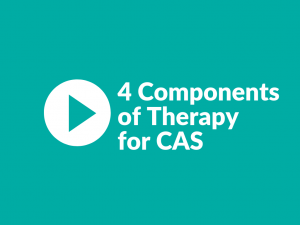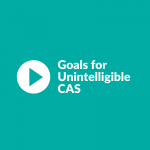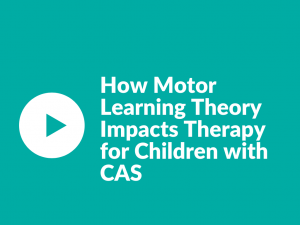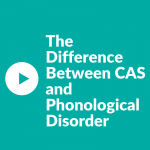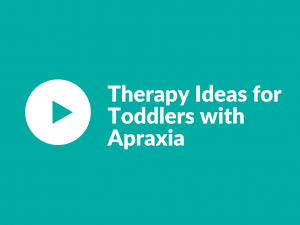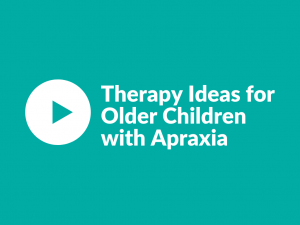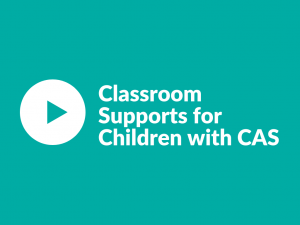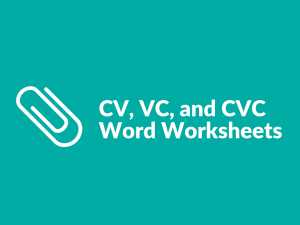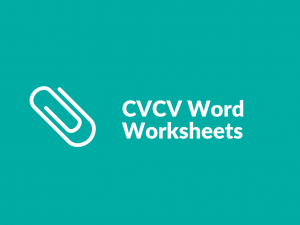Childhood Apraxia of Speech
Description:
- Inconsistent errors on consonants and vowels in repeated productions of syllables or words(meaning that if the child says the same word many times, it may sound differently each time)
- Lengthened and disrupted coarticulatory transitions (meaning that the child’s speech sounds choppy or disconnected due to trouble transitioning between sounds or between words in older children)
- Inappropriate prosody, especially in the realization of lexical or phrasal stress between sounds and syllables (meaning that the rhythm, intonation, and stress of speech may sound off, the child may sound robotic, have incorrect phrasing, or stress the wrong words or syllables)
Overview:
Task Analysis (How To):
- Speech Sound Production: Target production of speech sounds to create functional, meaningful spoken communication for the child.
- Language Development: Help the child develop a full set of language skills, including the ability to build sentences and have conversations.
- Augmentative-Alternative Communication (AAC): Not all children with CAS will require an AAC device or system, but some will. This should be at least considered for every child with this diagnosis.
- Prosody: Help the child learn to use his voice fluidly and functionally to create correct intonation and pausing.
Activities:
This is the area that always comes to mind first. How can I help him learn to say the sounds and words correctly? Here are two resources with great ideas for therapy:
Another key element to helping children with apraxia is developing a full set of language skills. Often, we forget that these children’s language skills are more advanced receptively than their expression due to their limited speech output. For that reason, we may need to work on higher level language skills either receptively or with AAC so that the child has a chance to practice full mastery of language skills until their speech mechanism “catches up”.
Here are some resources for how to teach language skills:
Not every child who has CAS will require an AAC system or device. However, many children with CAS will to communicate in at least some situations. AAC can help alleviate stress and frustration in these situations which can actually improve speech outcomes. Here is a great resource for using AAC with children:
Children with CAS often struggle with prosody, especially in the realization of lexical or phrasal stress between sounds and syllables (meaning that the rhythm, intonation, and stress of speech may sound off, the child may sound robotic, have incorrect phrasing, or stress the wrong words or syllables). For more information on treating prosody, check out our voice therapy database:
Troubleshooting:
What do you do if these things don’t work the way they’re supposed to? Well, nothing’s ever easy, is it? Try these great troubleshooting tips that some of our other members have found helpful. Click the problem to drop down the link to the solution.

